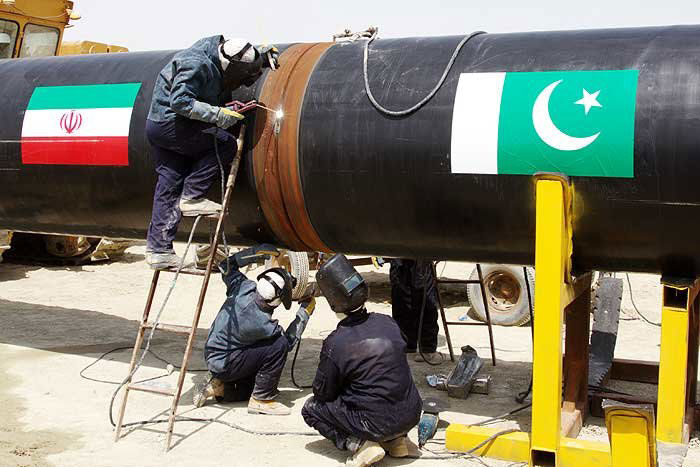In fact, due to the high level of insecurity and violence in Pakistan, there is a high possibility of acts of sabotage on pipelines for political gains. Therefore, energy supply and maintaining its security is of special importance for Pakistan.
Energy Supply Challenge
Pakistan’s energy consumption has faced a significant decline over the past years, and estimates show that this growth will continue in the next decade. Global statistics show that Pakistan’s LNG consumption will increase from about 10 million tonnes in 2021 to about 30 million tonnes in 2031, which represents a 3-fold growth. In such a situation, Pakistan has to find a source and a safe way to transfer energy to its land, particularly because the country also uses LNG to generate electricity. Therefore, over recent years, Pakistan has planned to supply its energy needs through three sources:
1. Importing gas from Iran, which was one of the most economical and best routes for Pakistan, has not reached a definite end due to several reasons, including foreign pressures.
2. The TAPI pipeline, which has not had much success due to instability and insecurity in Afghanistan.
3. Gas supply by Persian Gulf littoral states, such as Qatar, which are mainly transported by ship due to the lack of geographical proximity and the high cost of pipeline construction.
Although currently the most important source of gas supply to Pakistan are the very large crude carriers taking between 8 and 10 cargoes into this country every month, this amount is enough for domestic and industrial consumption. Islamabad needs 14 shipments per month to generate enough electricity and meet its industrial needs. Due to insufficient imports, Pakistan's industries and transport sector suffer heavy losses every year. In the meantime, if for any reason the gas supply is stopped, then the challenges will increase. Moreover, in 2021, gas supply was stopped four times in January, June, September and then in December.
Iran Role
After Russia, Iran is the world’s second largest holder of gas reserves. For this reason, many gas buyers are competing to access Iran's resources, and of course Iran is also trying to implement gas production development projects despite challenges. In the meantime, Iran and Pakistan, as two neighboring countries, have great capacities to develop economic relations, especially in the field of energy. Cooperation between the two countries in the field of energy is a very new issue. Because the first negotiations for the construction of a gas pipeline between the two countries began in 1995, and following the initial agreements, Tehran and Islamabad signed a contract in this regard. In this contract, it was predicted that a pipeline would be built to transport gas from the South Pars gas field in Iran to Karachi in Pakistan. Later, India also wanted to join the gas pipeline project; and made a proposal in this regard, and in February 1999, Iran and India signed an agreement. However, India withdrew from the project in 2009 citing pricing and security issues. After that, Pakistan was discouraged from importing Iranian gas under US pressure. According to the contract, which is now in an uncertain state, Iran had to export 14 mcm/d of gas to Pakistan for 25 years. This amount of export was supposed to be increased stepwise and in two phases, first to 21 and then to 30 mcm/d. Pakistan was also expected to build its own section of the pipeline in 22 months.
Although the fate of the peace pipeline is unclear, it seems that Iran-Pakistan cooperation in the field of energy could be resumed by reviving the gas pipeline between the two countries. According to earlier estimates, the gas pipeline could supply 25 percent of Pakistan's energy needs. The project, if launched, will be able to supply 150 million cubic meters per day of gas consumed by Pakistan, and produce about 5,000 megawatts of electricity. In addition, the pipeline can become a part of the economic corridor between Pakistan and China and deliver Iranian gas to China.
Pakistan's growing need for energy and Iran’s rich resources create a suitable opportunity for both sides to strengthen their political and security relations in addition to expanding cooperation in the economic field. However, in order to take steps in this regard, the Pakistani side must first undermine pressure from third parties such as the United States, Saudi Arabia, and India. Because the pressure applied by these countries in the past years has been one of the main obstacles in the economic relations between Iran and Pakistan.
By Shuaib Bahman
Courtesy of Iran Petroleum


Your Comment